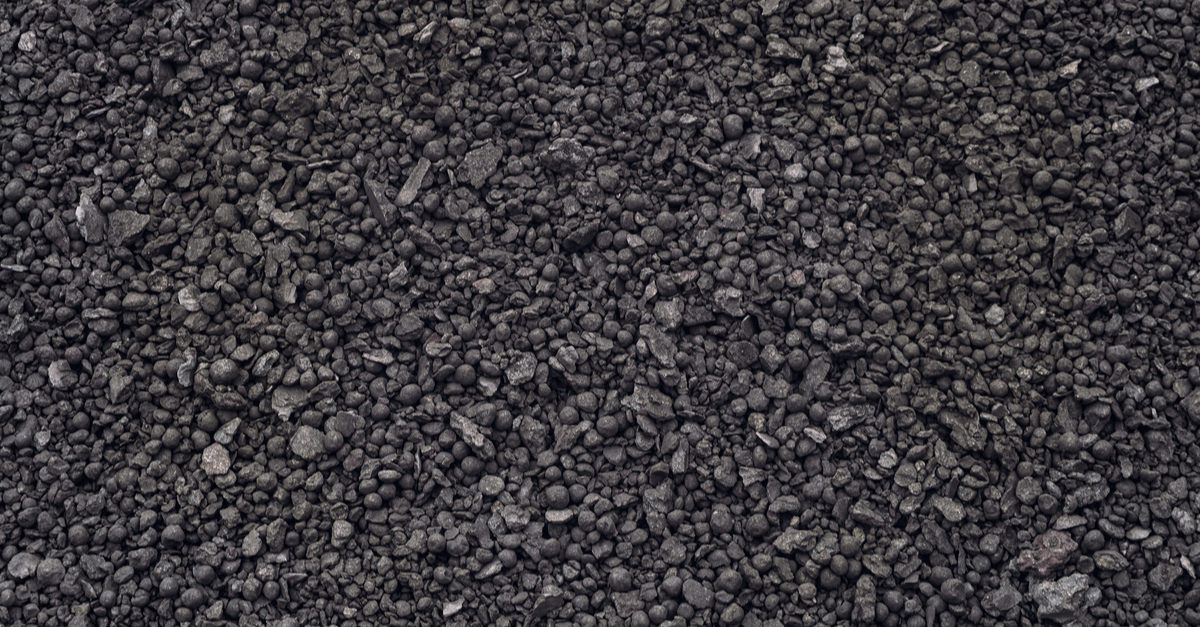
News Global Market EU 2163 19 April 2024
In January-February, the indicator increased by 35.2% y/y
In February 2024, the European Union reduced imports of direct reduced iron (DRI) by 35.5% compared to the previous month to 231.64 thousand tons. This is evidenced by Eurostat data.
Compared to February 2023, in February 2024, DRI imports by European consumers increased by 3.2%.
In January-February, the EU increased imports of DRI from third countries by 35.2% compared to the same period in 2023 – up to 590.5 thousand tons.
In January-February, the main importers of direct reduced iron among the EU countries were Italy, Germany, Belgium, and the Netherlands, among others:
- Italy – 141.26 thousand tons (-12.9% y/y);
- Germany – 173.21 thousand tons (+117.7% y/y);
- Belgium – 50.66 thousand tons (+5.9% y/y);
- The Netherlands – 122.1 thousand tons (14.3 thousand tons in January-February 2023).
Russia is the largest supplier of DRI to the European Union. In January-February, Russian companies shipped 209.55 kt of direct reduced iron to European consumers, down 20.2% y/y.
The main importer of Russian products is Italy – 126.04 thousand tons, down 16% y/y. Belgium ranks second with 50.66 thsd tonnes (+5.9% y/y).
Libya shipped 40.86 thsd tonnes of DRI to the EU in 2 months, down 22.2% y/y. Venezuela exported 64.38 thsd tonnes of the product to the EU (+59.6% y/y).
As GMK Center reported earlier, in 2023, the EU reduced imports of direct reduced iron (DRI) by 11% compared to 2022, to 2.61 million tons. In December 2023, the volume of DRI supplies to European consumers increased by 19.9% compared to the previous month, and by 146.5% compared to December 2022, to 213.12 thousand tons. The largest supplier of DRI is Russia – 1.19 million tons (-21.3% y/y).



